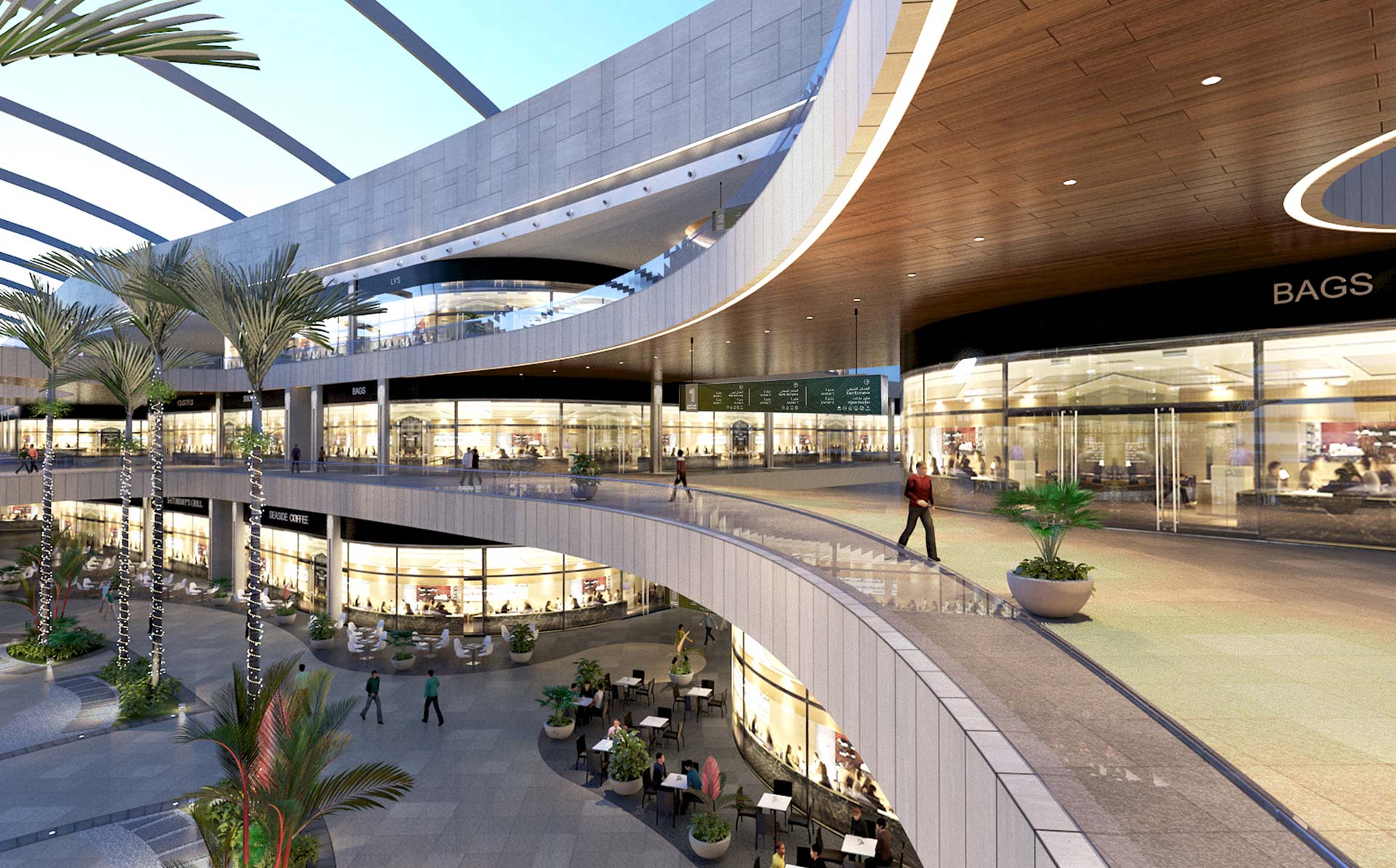
DEIRA MALL
Planned to be larger than Dubai Mall, and with 4.5 million square feet of gross leasable area will be Deira Mall. Due to open in 2020, the total mall contract is expected to reach 4 Billion AED.
Choosing where to shop amongst Dubai’s many megamalls is a task in itself. Malls in the city cater to all types of luxury, family, and discount. Interestingly though according to LIMAH research, many malls in the city contain many of the same retail shops. The challenge therein for Mall developers then becomes how they can make the shopping experience better than any other competitive retail offering. “We are not targeting high-end retail … the plan is to do pre-leasing as per the needs of the market. The majority of the population is not in the high-end and I see limited growth in that category.” – said Ali Rashid Lootah, chairman of Nakheel.
Challenge
Develop an exceptional customer journey that brings users back to the mall time and time again in the highly competitive Dubai retail market.
Outcome
A developed site wide customer journey and complimentary wayfinding system including landmarks, digital technologies and intuitive zoning.
Project Facts
- 4.5 million square feet of GLA making it the largest mall in Dubai.
- Over 12,000 parking spaces across 2 multi-level car parks.
- The first retractable roof mall in the region.
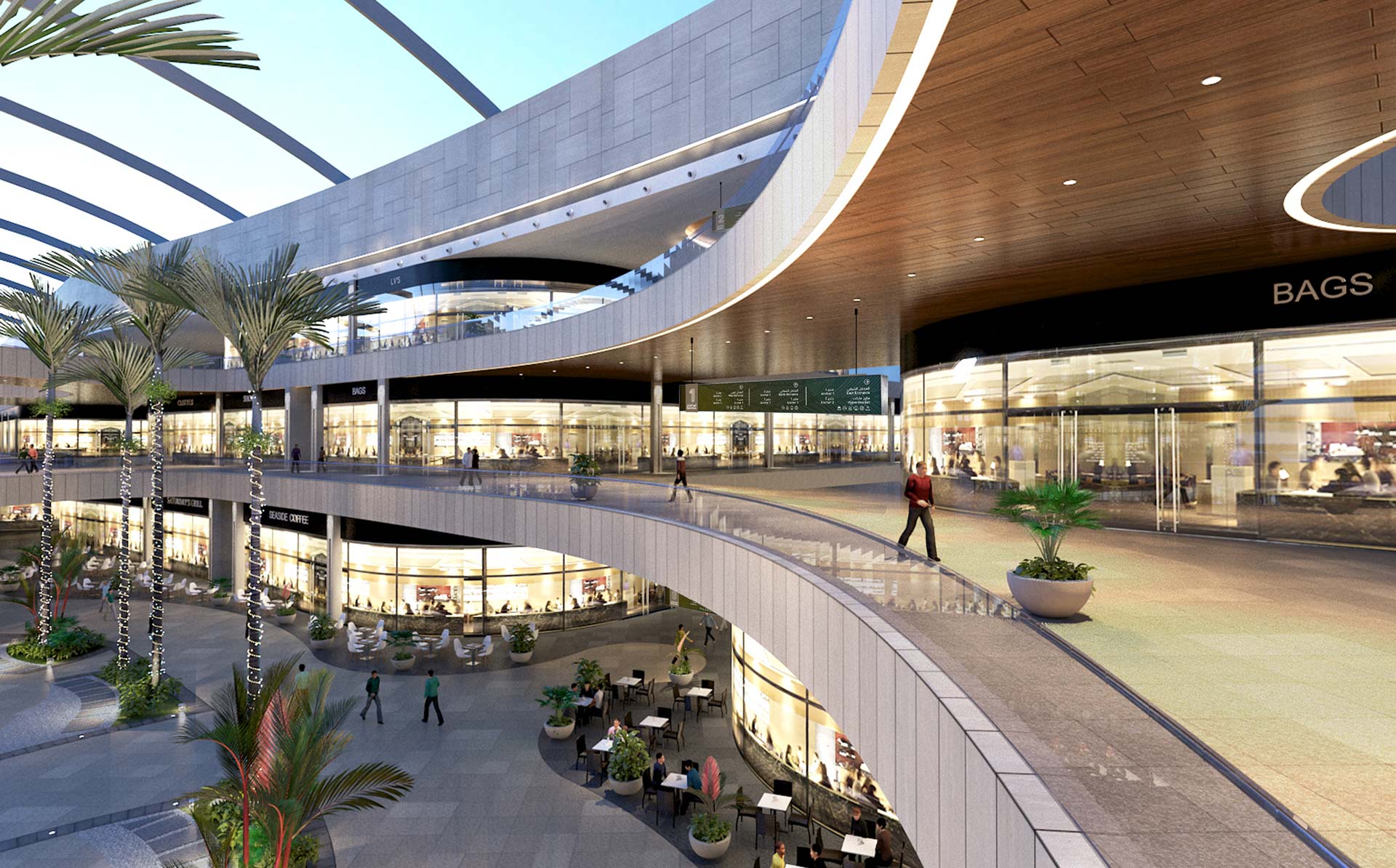
The Customer Journey Begins
When Nakheel selected LIMAH for this challenging project, the teams early research brought to light a few key points that would need consideration in developing a site-wide customer experience for the mall.
- The mall is to target middle income and families, not aimed at the luxury retail sector. This will have impact on not only materials selection but the overall developed concept. Further the strategy should consider needs of a broad user base including families with young children.
- Cost of implementation for new technologies and concepts not seen yet in the market.
- Public Art was is a desirable feature but concerns of cost could halt implementation.
- Parking being one of the most stressful situations in shopping malls, needed solutions that could minimize the negative effect on the property as a whole.
- Due to sheer size of the mall, customer experience is diminished and leads to user stress.
- The retractable roof changes the environment inside the mall, and therefore material and lighting choice becomes important for durability on interior elements designed.
“It takes rather a deep dive into user mindset to uncover needs. We resolved to communicate the entire mall to users, even before they entered the property. This was done through customer journey design wherein it allowed cognitive maps to be formed by each user. This not only allows users to understand the carpark, the mall, and the entrances, it most importantly reduces anxiety and stress, thereby making for the all-important positive brand experience.”
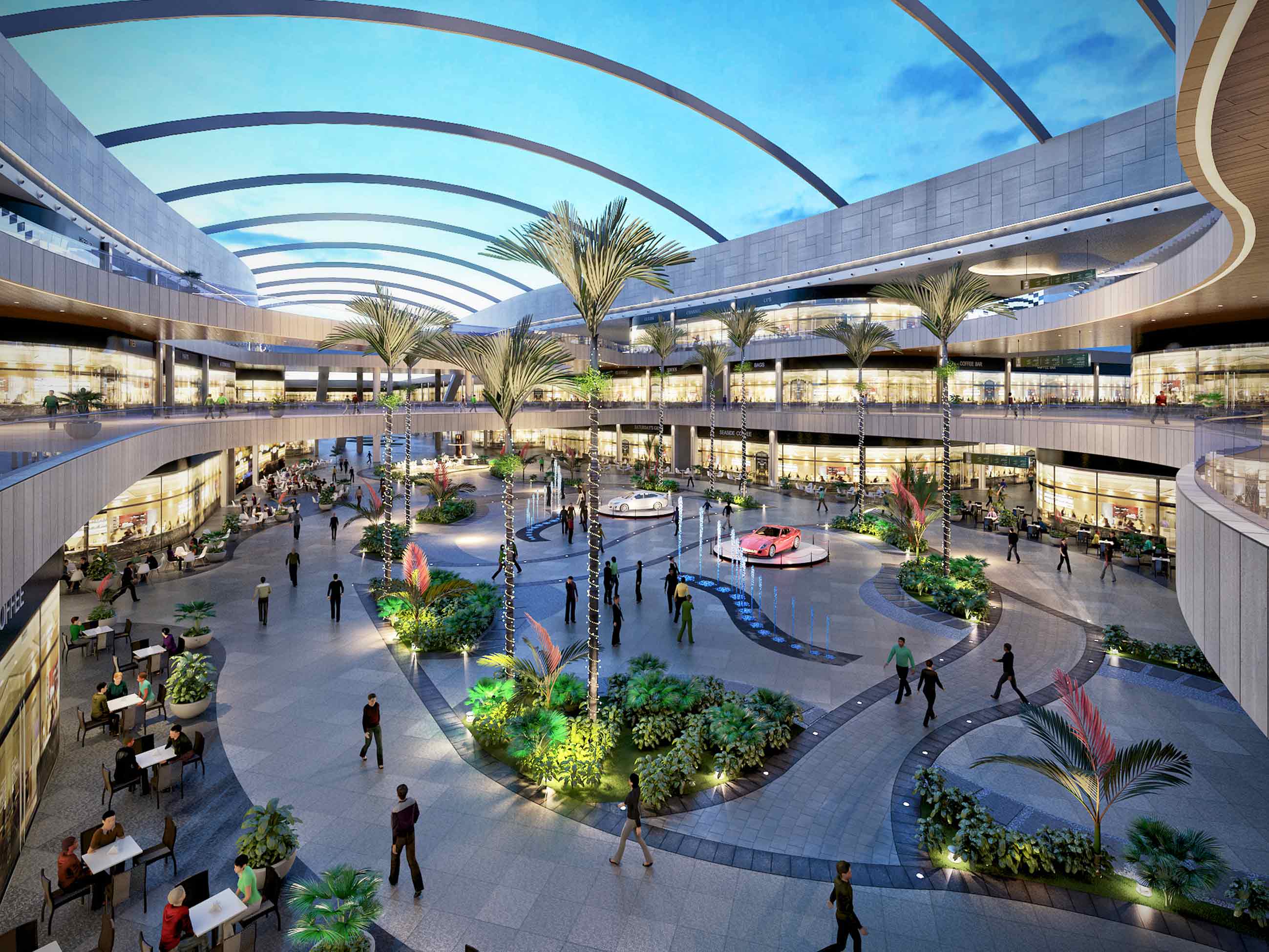
The Mega Mall
The sheer size of the mall set to be Dubai’s largest, became an obstacle in itself. While large scale retail is a draw for tourists and first time users, the challenge for developers is to build a space that is useful to daily and regular users as well. This challenge was overcome through collaborations on intuitive architecture such as the use of street layout principles. Further LIMAH assessed user comprehension and opportunities to influence user’s mindset and orientation. Jason continued – “After a careful analysis, we determined that minimal signage was the best approach. Rather visual clues, architecture, space differentiation and public art play and important part in our strategy. A number of Dubai’s largest malls are known to be nightmares in navigation. We wanted to avoid those same mistakes. In the end empathy for the end user, solved a number of problems. This process of design thinking is what has made LIMAH the preferred experience designer partner for many of the globes largest projects. Just simply answering the question ‘what would I want if I went shopping for the day?’ resulted in many of the proposed experience and wayfinding design solutions.”
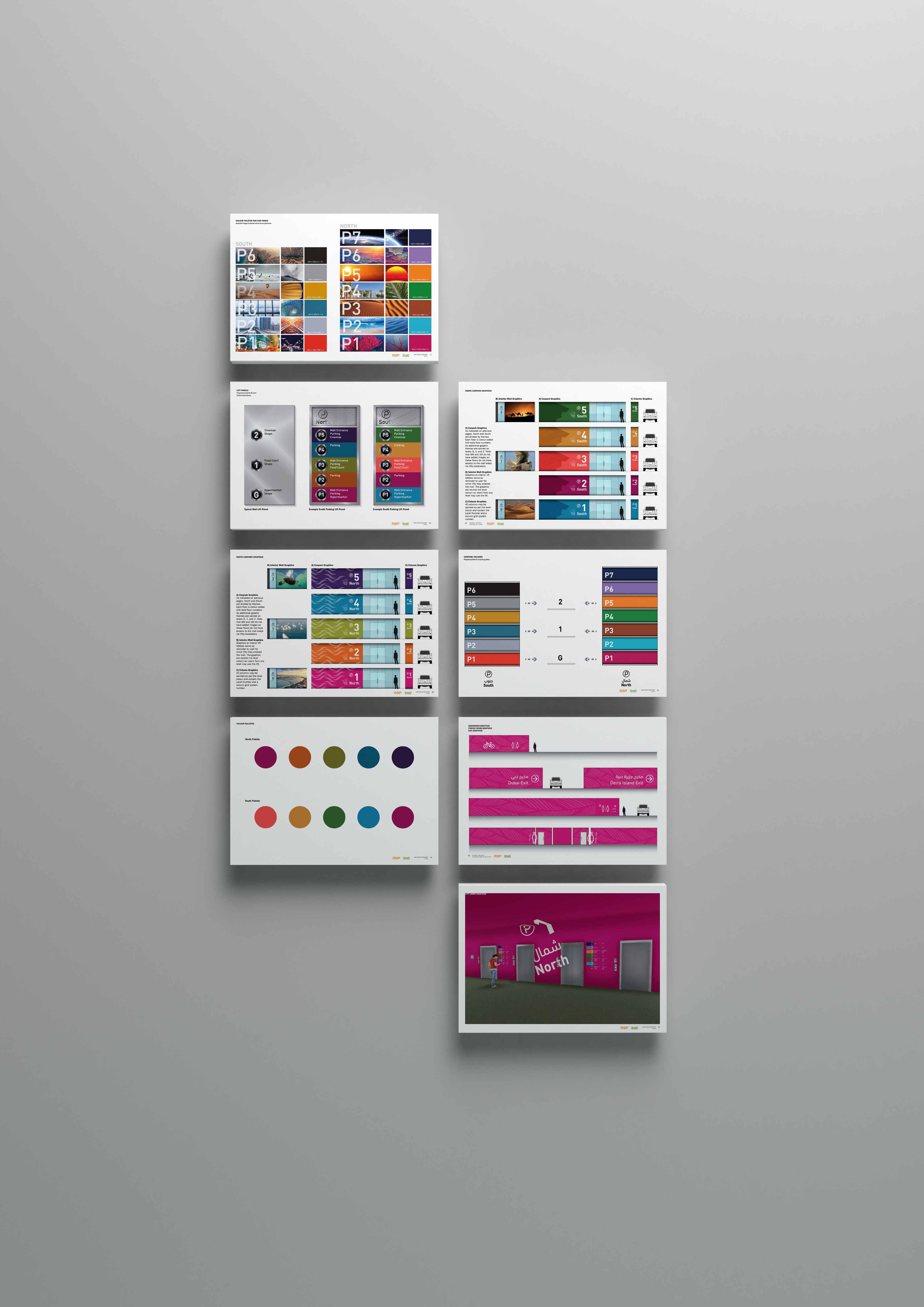
The Parking Obstacle
With 12,500 parking spaces at Deira Mall set across 2 multi-level structures, it seems like there is more than enough room to park for everyone. The research LIMAH has undertaken through a number of large scale retail projects and parking complexes has led a number of discoveries. “When we look at complex parking structures, human behaviours can give us a lot to use in our work. Firstly of course users will attempt to park at the nearest entrance to where they believe they want to go. However, much of this in existing malls becomes habit and many areas of the parking can remain empty. This is where holistic experience and wayfinding strategies come in to play. It’s not enough anymore to simply add signage to projects. This is why we see so many problems in today’s built environments. It takes rather a deep dive into user mindset to uncover needs. We resolved to communicate the entire mall to users, even before they entered the property. This was done through customer journey design wherein it allowed cognitive maps to be formed by each user. This not only allows users to understand the carpark, the mall, and the entrances, it most importantly reduces anxiety and stress, thereby making for the all-important positive brand experience.” – said Jason.
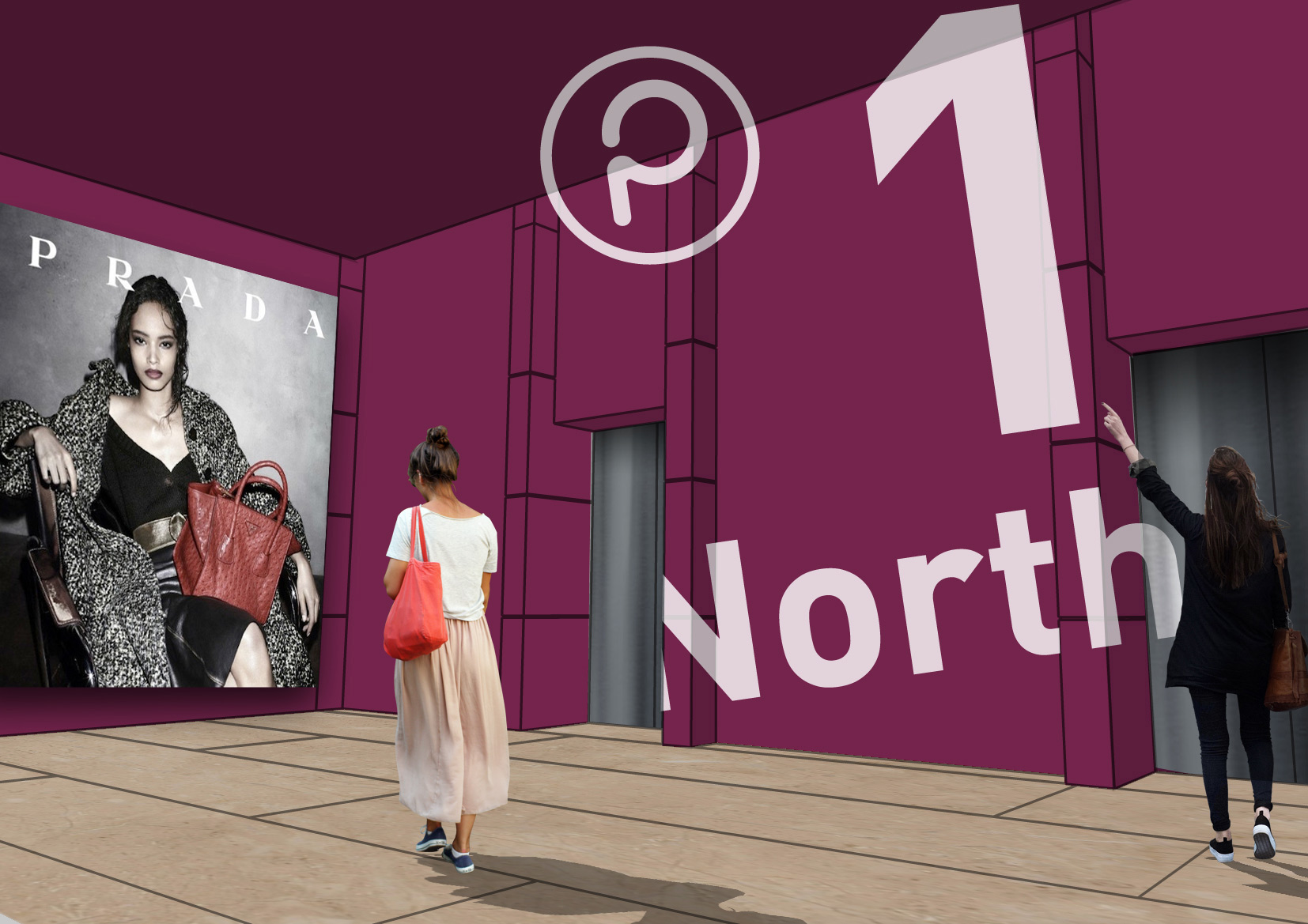
LIMAH will continue developing this project as they undertake project implementation and supervision over the coming months and years to realize the project, which is expected to open by 2020.